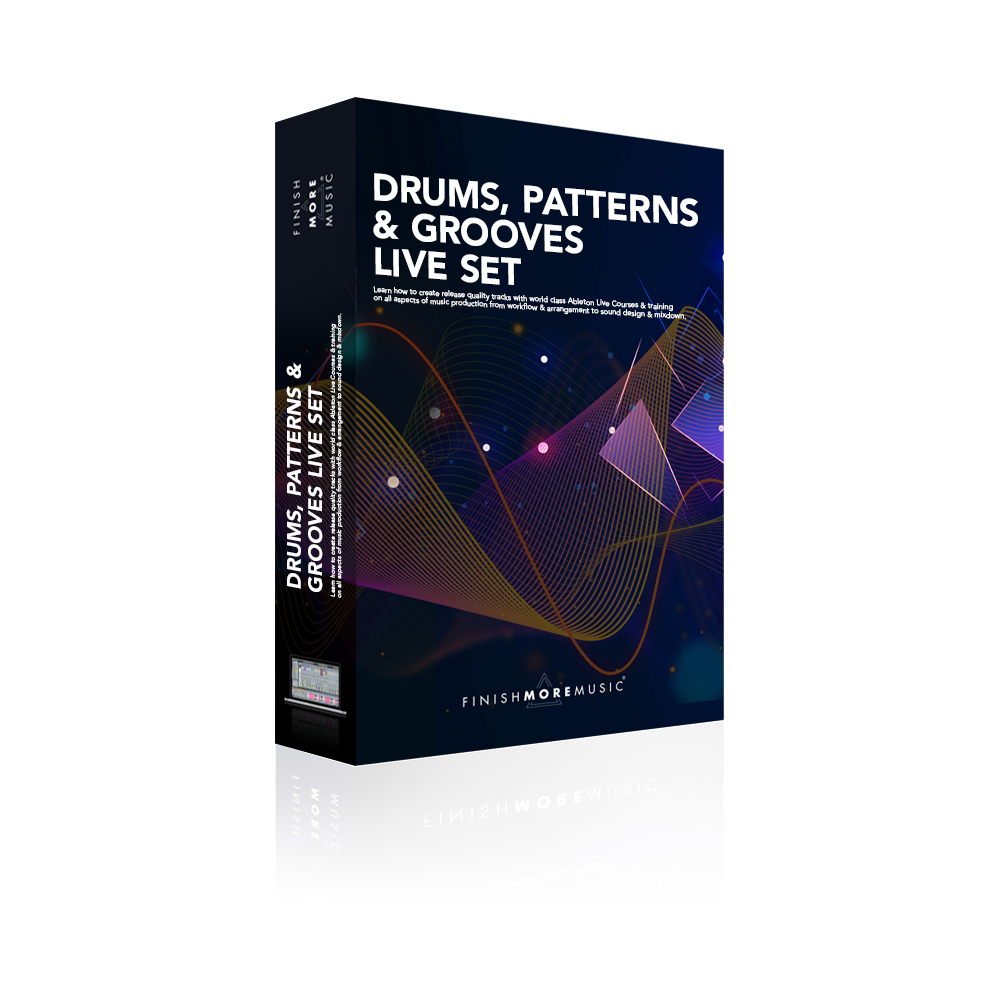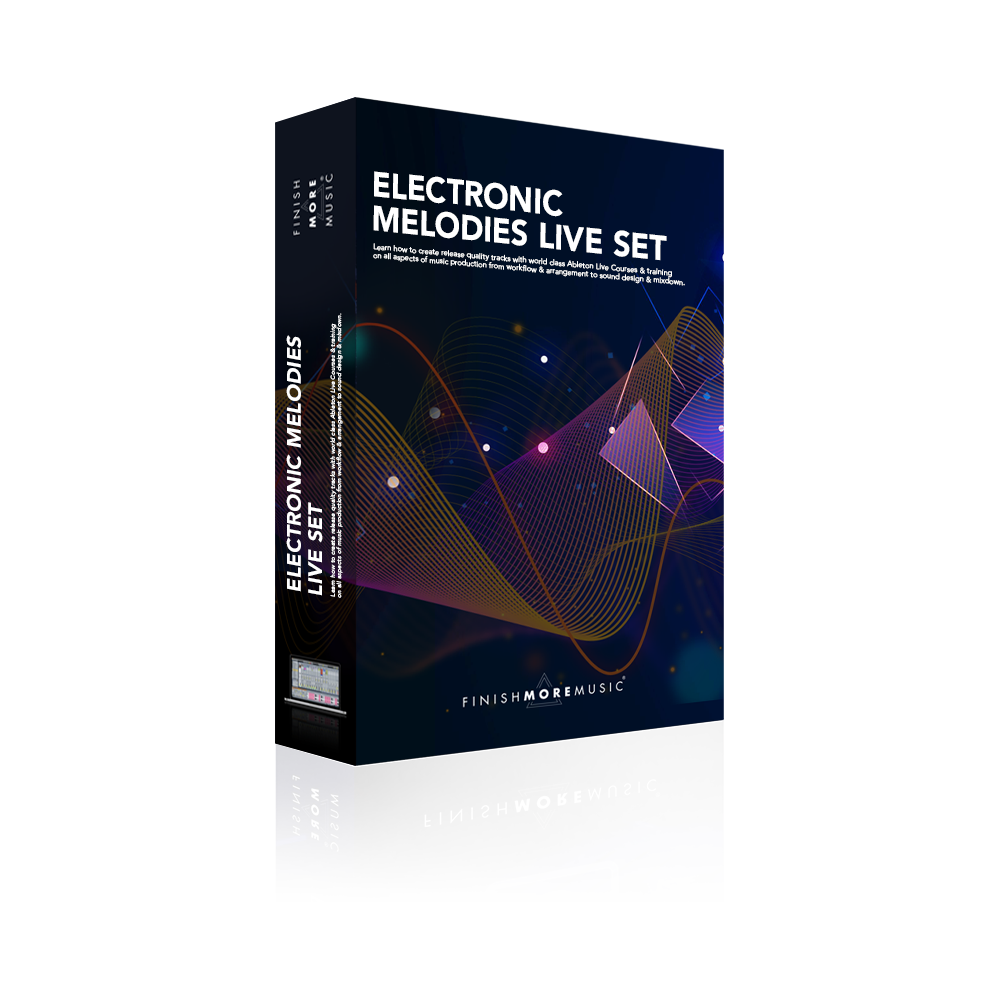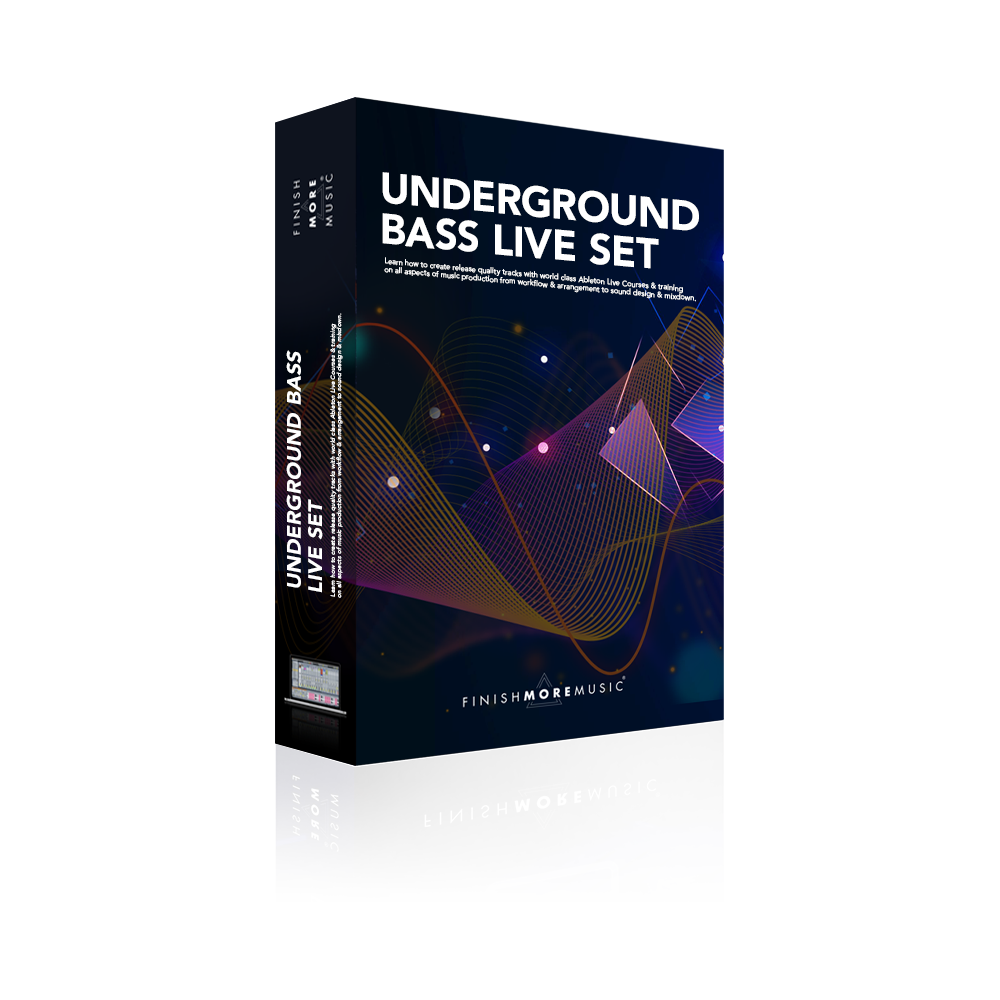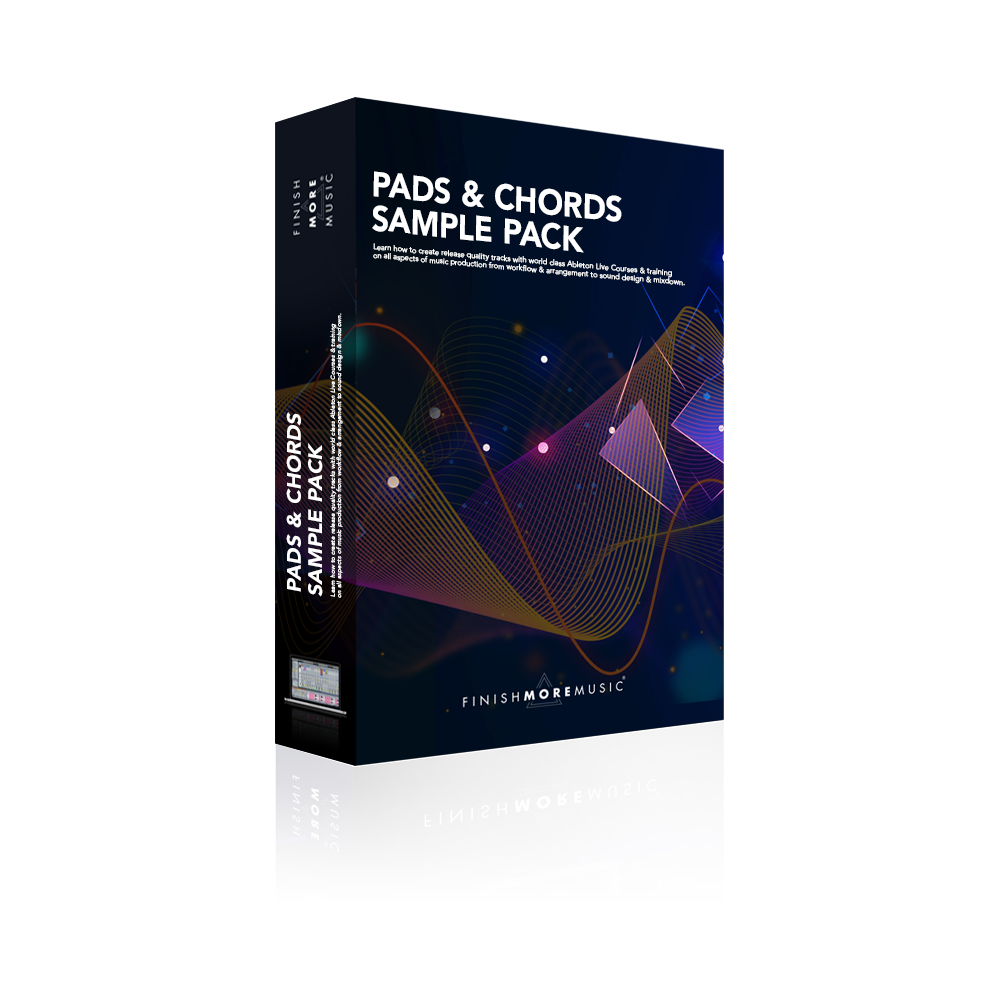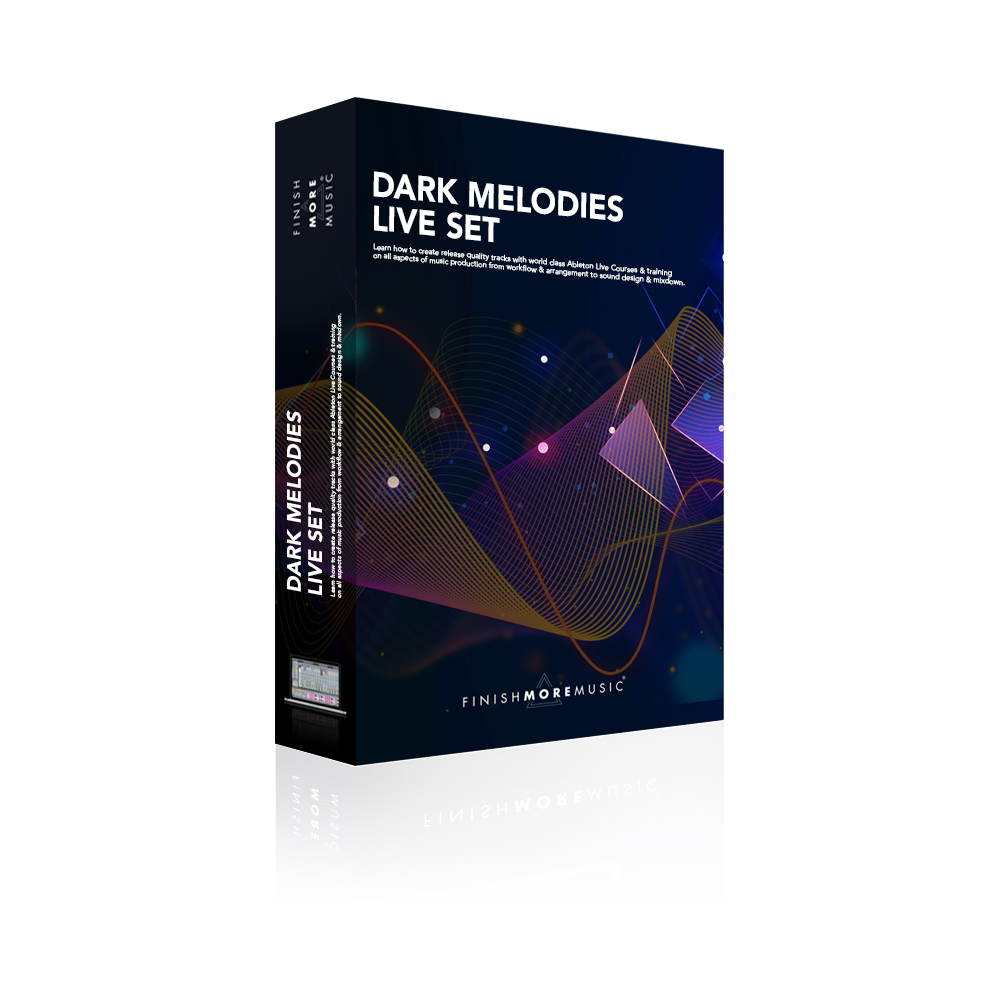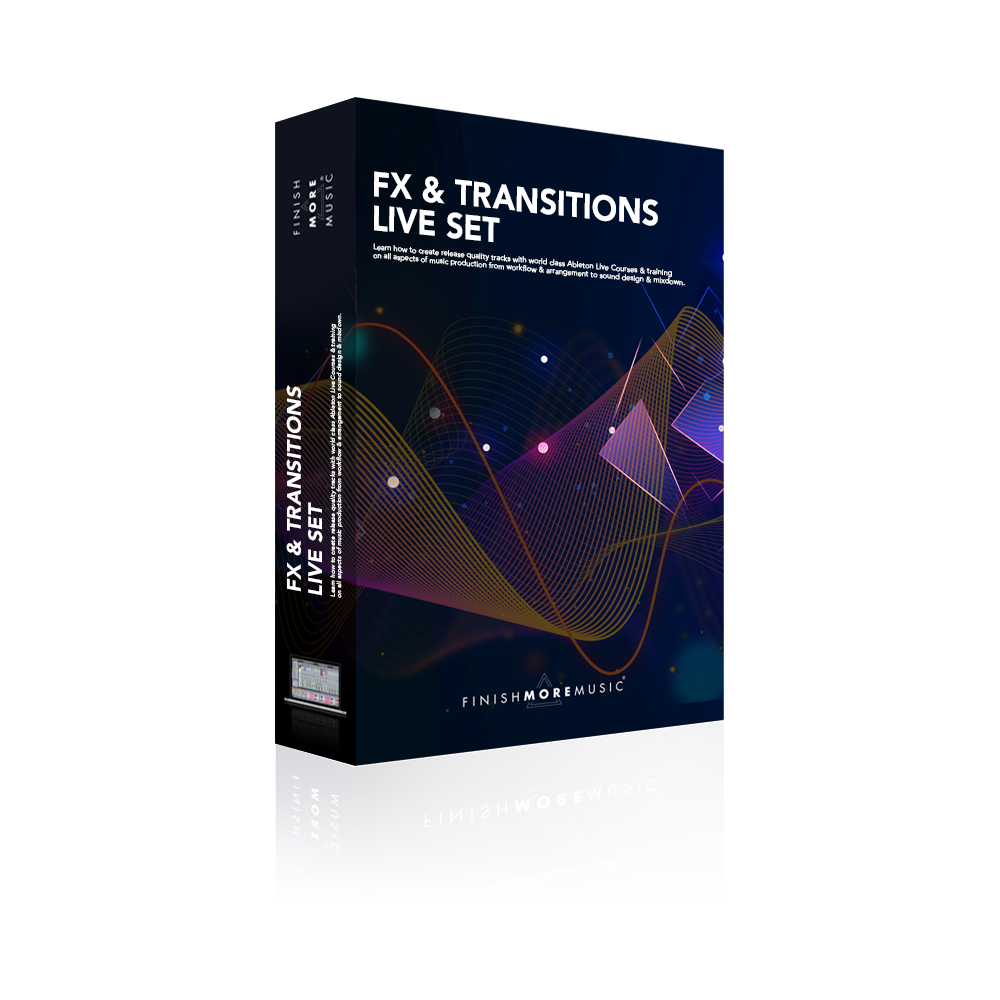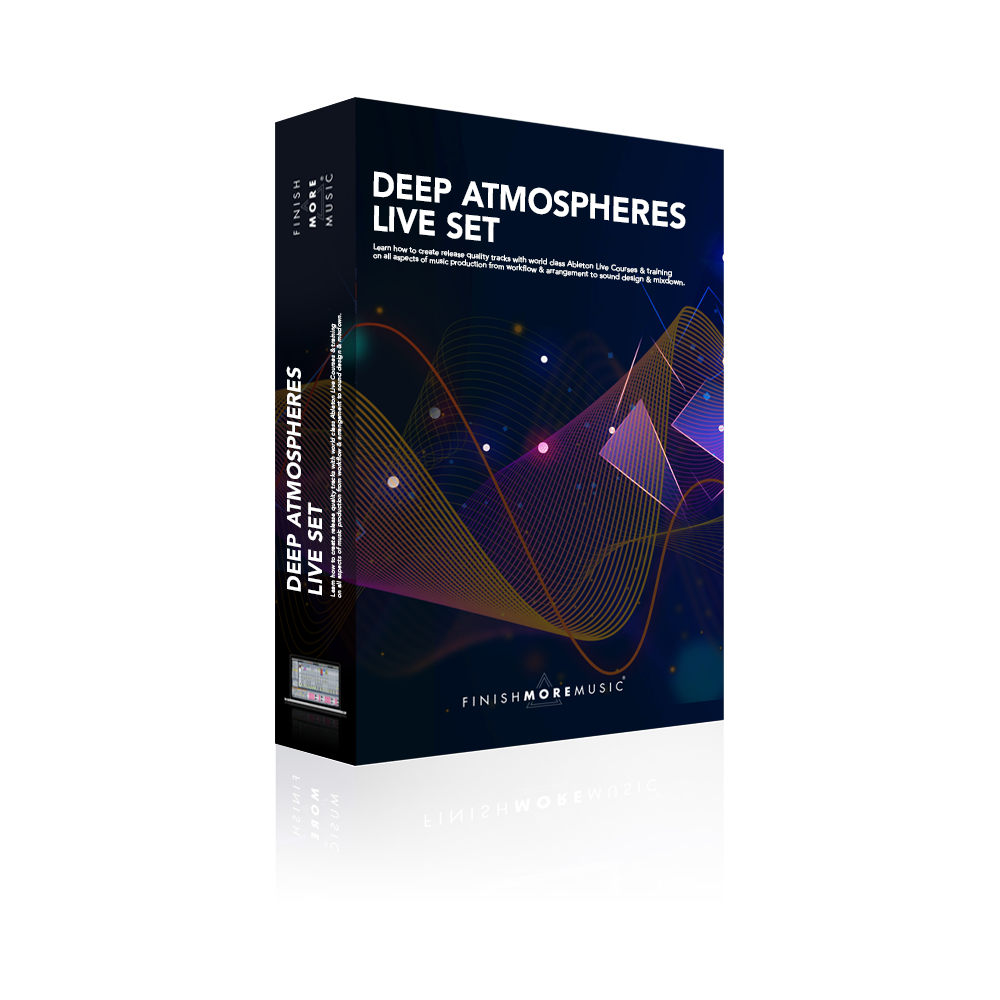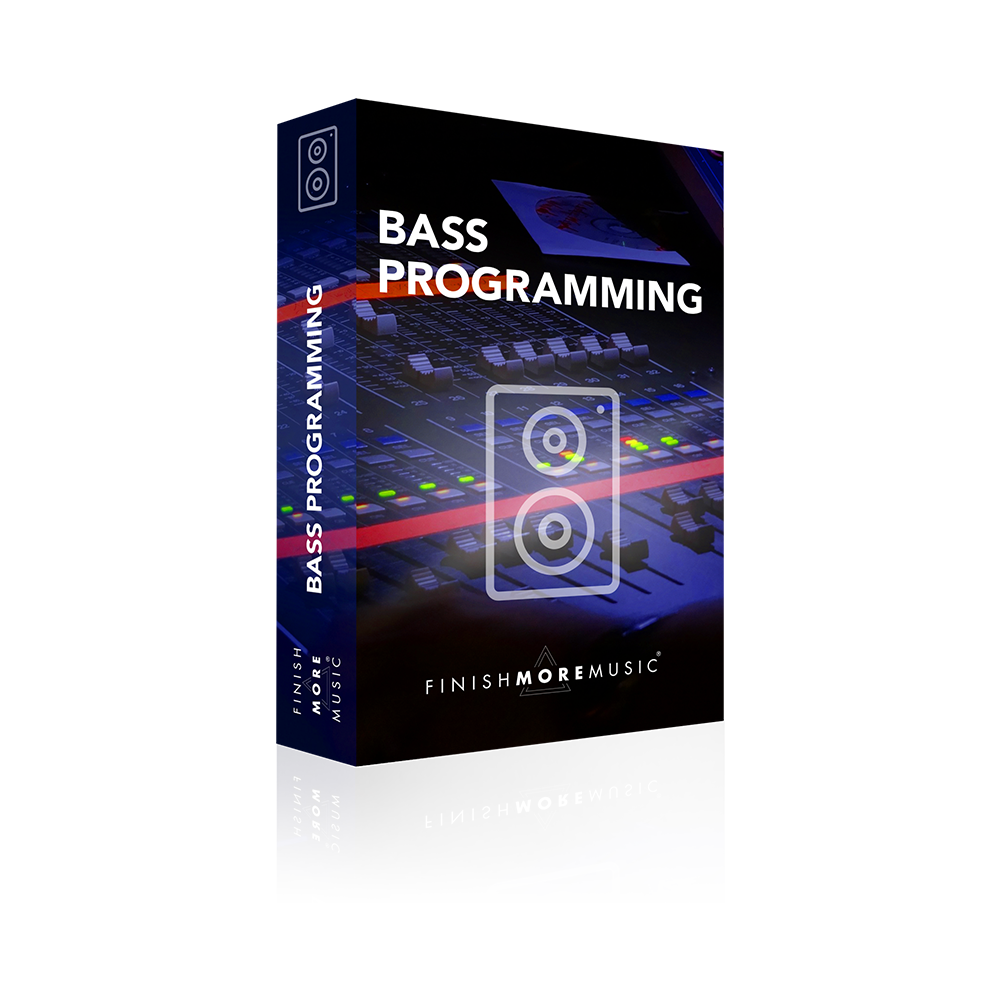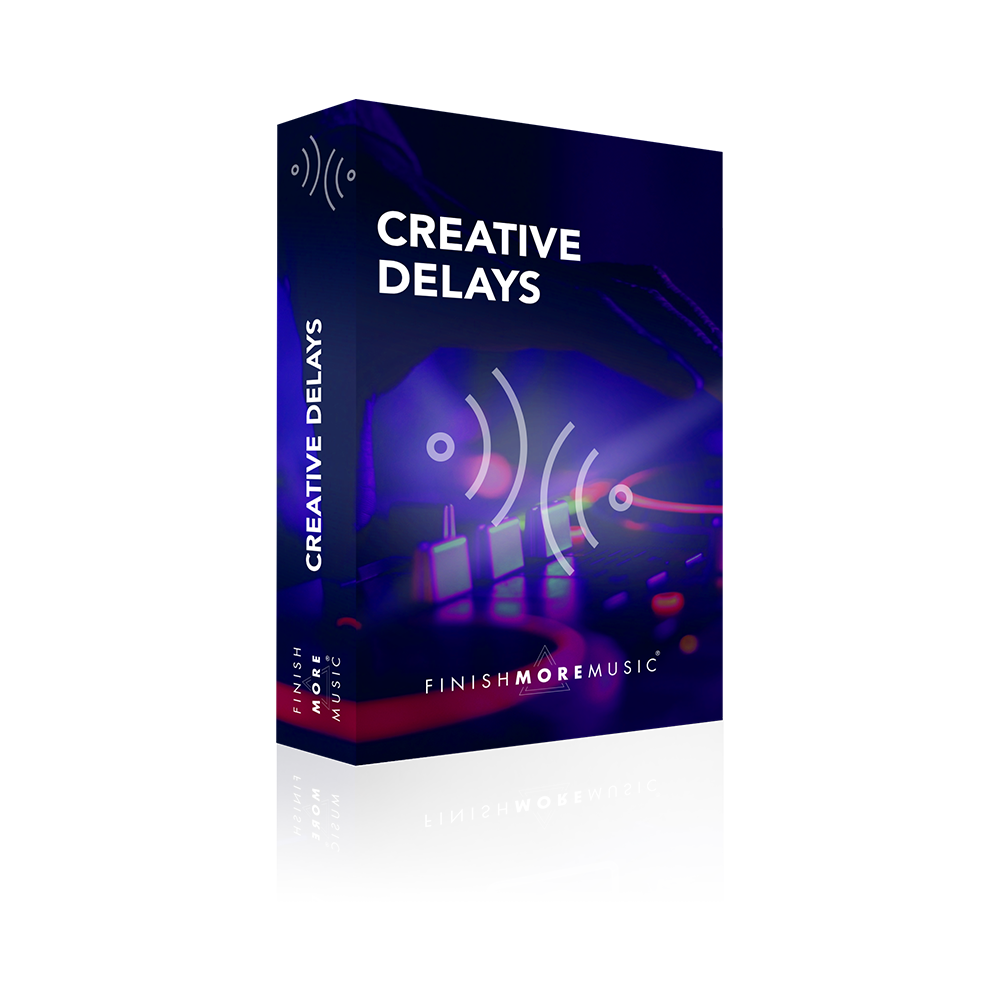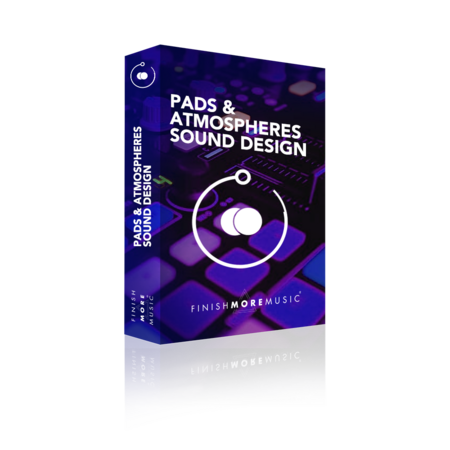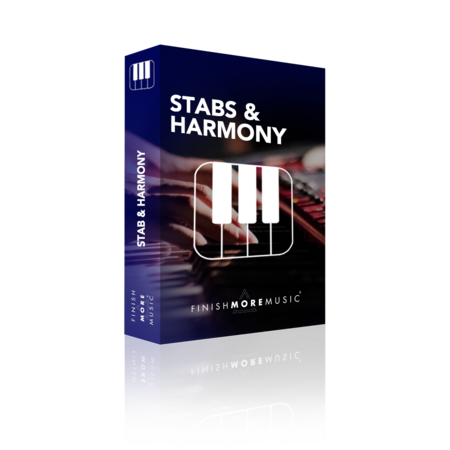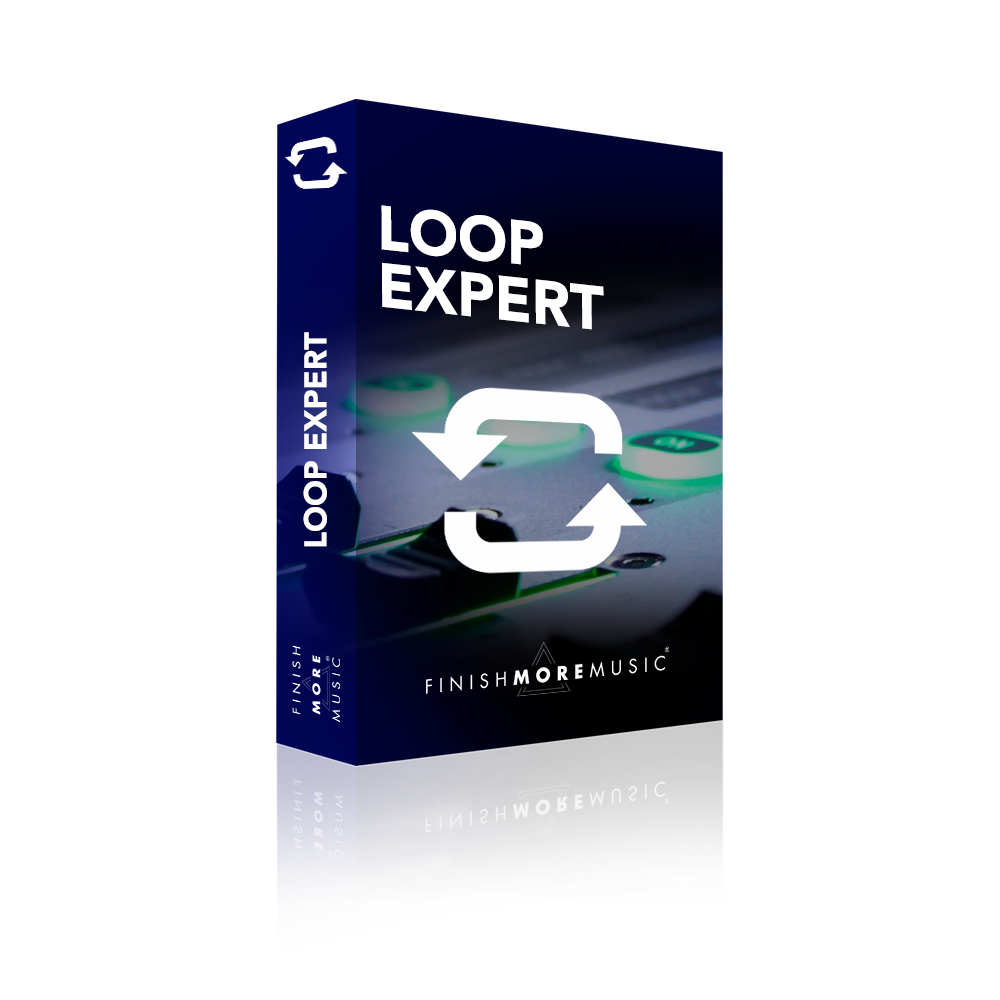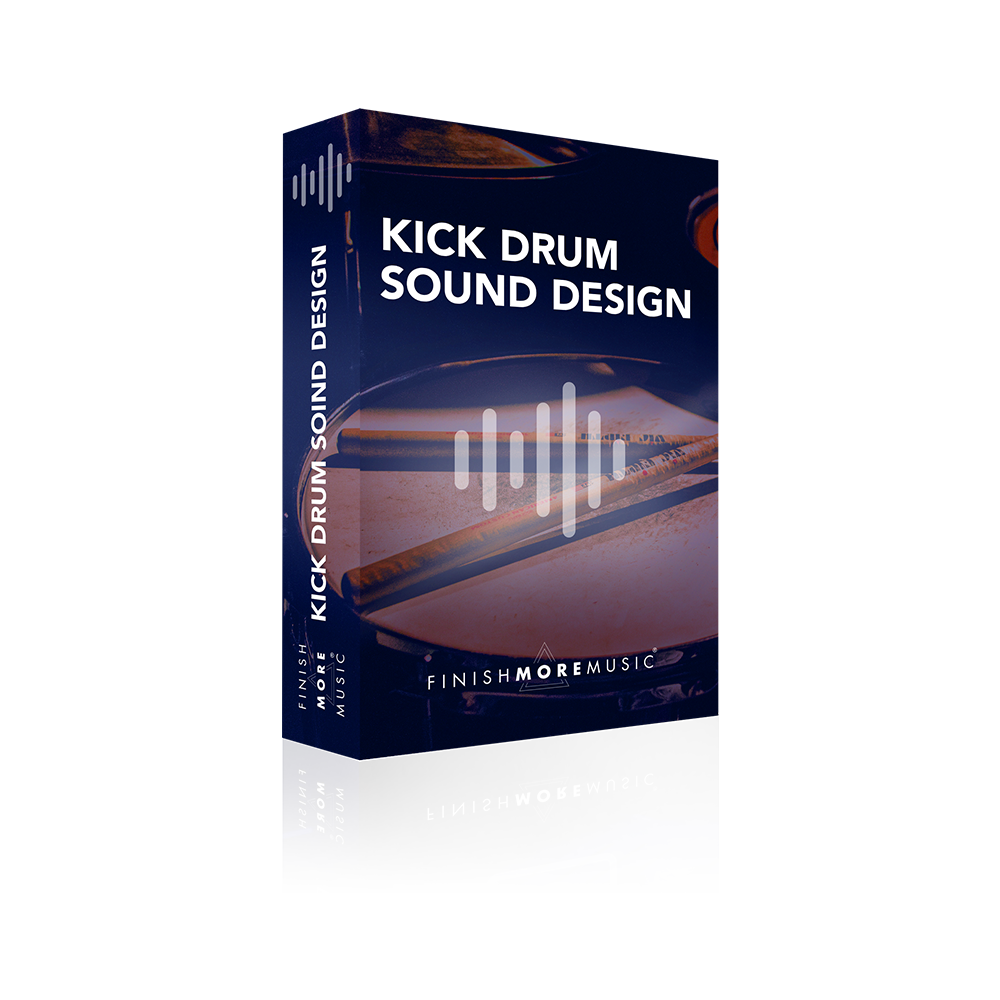Mixing your low end is crucial in maintaining the groove, rhythm and energy of any electronic music track. So often I see producers reaching for an EQ and sidechain compressor to get the job done, but I know of a much better way. In this tutorial I show you fast and efficient way of mixing your low end that not only removes common issues like phasing and frequency clashes, but increases the groove and energy of your track.
Transcript
Okay so in this tutorial I’m gonna share with you a hack that I recently taught in one of our studio days in London. Now I noticed that a lot of producers automatically default to EQ to try and resolve conflicts in the low end particularly when we’ve got things like the kick and the bass sounding muffled when they compete with each other. But there is another way outside of this that is way more effective. So the track that we’ve got in front of us is now ready to move into the mix down stage. And I’ve just isolated the low ends, you can hear it on its own. So this is just the kick and three different bass sounds.
So let’s have a look at this. Now had a lot of requests asking a hell how do I go about making these base patterns and I am gonna cover that for you in one of our next tutorials that is upcoming. But for now let’s just focus purely on the mix down aspect. So you’re gonna want to have your kick and your bass in audio. So if you program in MIDI, the first step is going to be to bounce it all down to audio because the important thing is we need to see the waveform. And then simply we’re going to go in and start editing the waveforms so that the bass sounds are overlapping with one another. And that includes the kick drum interestingly. So I’m just going to bring my grid size into something that’s easier to manage we go four sixteenths. So here are two sounds that are clearly playing at the same time. And yes I’ve got a sidechain setup here already but we could be experimenting with this and saying well what happens if I completely take this out. Because you can see that actually this bass has got another bass playing at the same time as it here as well. So what happens if I do that and then I just use the fade to avoid any kicks. Now how will that sound in the grand scheme of things.
Pretty good to me not much difference at all right. And that’s because the kick is making up those frequencies so I don’t need these sounds overlapping. And then I can go through and look at other places that this is happening as well. Now this is quite a deep sounding bass but the one on the top is a little bit more what I would call a character bass bit more crunchy.
You can hear it’s got a few clicks and things that will clean up as well. But ultimately it’s really gonna be these sounds all conflicting where the problems are going to arise you might sort a sub range. So look I can come in and get rid of that. Again if I get the fade I can just Nick a bit off. Let’s do the same here. You might be thinking oh you could have copied and pasted that over and whilst that is true I prefer to do this manually because it’s just another little change, it’s just another subtle nuances that you’ve got going on in the low end. Now also I can see we’ve obviously got this bass and the kick overlapping but I think I’d probably be annihilating the kick if I did that so I think we’ll just swallow that one. But I can see the kick is overlapping with this bass as well. So I’ll get rid of that. And then let’s just clean up these clicks and pops that we were hearing. This isn’t totally essential to be honest because if you can’t hear the clicks and pops when the track is playing as a whole, often this can be just sort of unnecessary faffing about but let’s do it because we’ve got it isolated at the moment. In fact I might be able to just drag that out, perfect. And it is just a bit distracting from a tutorial point of view.
So let’s compare and contrast. Here’s a bar or two of that baseline what we’ve got one more bar and we can hear the difference now so one that’s treated and one that isn’t treated. Now I’m just going to stretch the kick out so I can hear there’s white noise between the kicks and it’s a bit of an unfair comparison. In reality, I’d probably get rid of that bass and put my own white noise layer over the top of it but just so we’ve got a fair comparison. So to me this sounds a lot more bloated, less kind of precise, there’s less space in there for the sounds to cut through. So personally I much prefer this version I’ve just gone in and you can see I’ve cut some pretty big chunks out of these bass sounds and it still got all the weight all of that low-end.
Now there is something huge that you need to know about this. And in fact I dedicate an entire podcast episode to this recently called Your Eyes Are The Danger where I go really deep into some strategies for making solid mixdown decisions. And just in case you haven’t checked out the podcast finish more music just search that on iTunes or Spotify wherever your listen to your podcasts or if you want to just dive over to finishmoremusic.com/podcast you can check it out there. But as the name may have sort of already given the game away, there is a real danger when we’re doing this that we get caught up in using our eyes because we see things are overlapping and we just start to edit like crazy. Let this be the guide. The real truth for this is gonna be your ears. Does it honestly sound better to you the changes that you’ve made? So are the musical elements still intact? Does it still have the weight you want? Is the groove still there? Is it pumping and breathing in the same way that it was before you made the edits? That is absolutely critical. So if I’m gonna leave you with one thing, it’s not to get suckered into only using your eyes with this because it’s a very dangerous strategy. So the big takeaways bounce your kick and baselines to audio, slip edit and fade in order to tidy things up so you don’t have sounds that are overlapping in the same frequency range and then use your ears. Plain and simple works an absolute treat.
So I hope you enjoyed the tutorial. Until next time. Happy music making!
Thank you for watching
I really appreciate you tuning in and I hope you’re enjoying the tutorials and taking some real value into your music sessions.
If this video resonated with you and you feel it will have a positive impact on the people you know, please share it by using the social media buttons you see at the bottom of this page.
To make sure you are always the first to know when a new video lands: Subscribe to the FMM Youtube channel here.
Let me know how you get on with the techniques I showed in the videos and if you have any suggestions for future tutorials, ping me a message on Instagram (@IamKeithMills)

